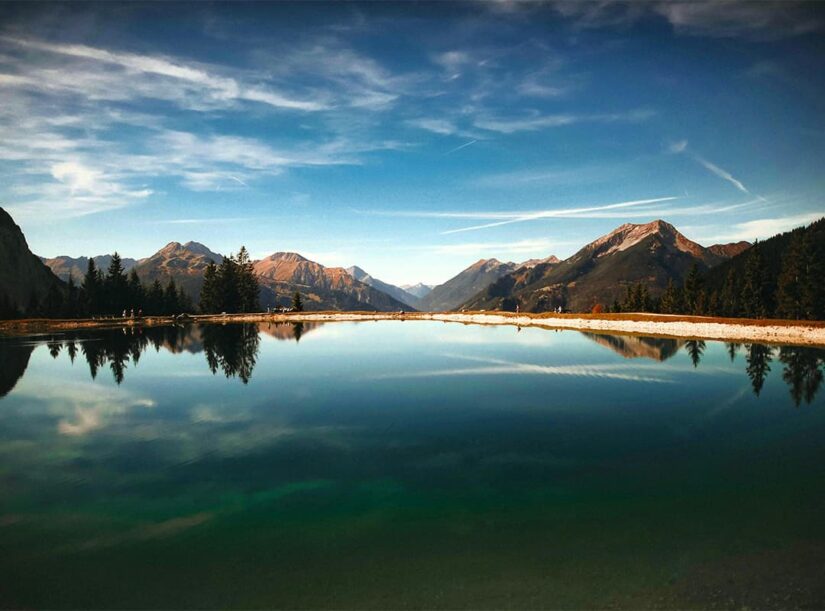The Alpine: Protecting a Fragile Ecosystem
Living in Southwest Colorado offers a unique privilege: access to the alpine environments that define the region’s rugged beauty. The alpine ecosystem, perched beneath towering mountain summits where trees can no longer grow, is a pristine yet delicate habitat. Whether explored by ski tourers in winter or hikers in summer, the alpine captivates with its breathtaking vistas and extreme conditions.
Fragile Beauty
At the heart of the alpine’s allure lies its fragility. This environment emerges where centuries of mountain erosion have finally yielded soil. Subjected to relentless winds and icy temperatures year-round, the alpine sustains life through brief growing seasons and resilient plant species. Yet, the scant soil is highly vulnerable to erosion, exacerbated by heavy winter snows, summer rains, and spring thaws. Consequently, even minor disturbances like single footpaths can swiftly escalate into significant gullies, making the alpine ecosystem a sensitive indicator of environmental change.
Human Pressure
Despite its apparent remoteness, human visitors leave an indelible mark on the alpine ecology. Off-road vehicles, including OHVs, pose the most visible threat, tearing through fragile terrain and parking haphazardly. Mountain bikers, hikers, campers, and pack animals further contribute to vegetation trampling and soil erosion, as wandering off-trail disrupts delicate ecosystems. Seemingly innocuous footpaths can quickly degrade into erosion channels, particularly on steep slopes, amplifying the ecological impact.
Visiting Responsibly
To safeguard the alpine for future generations, responsible visitation is imperative. Travelers must adhere to designated roads and trails, refraining from parking off-road to minimize soil disturbance. Hikers should stay on established paths to prevent vegetation damage and avoid creating new routes. When off-trail travel is unavoidable, walkers should tread lightly on durable surfaces like rocks or snow cover, avoiding direct contact with vegetation or bare soil.
Campers should utilize designated sites in high-use areas, steering clear of pitching tents on vegetation and employing man-made anchors to avoid ground disturbance. Pet owners must also play their part by keeping dogs leashed or under strict control, minimizing disruption to wildlife and fragile ecosystems.
By following these guidelines, visitors can enjoy the splendor of the alpine while preserving its delicate balance for generations to come. Together, we can ensure that this breathtaking landscape remains a sanctuary for both nature and humanity.
